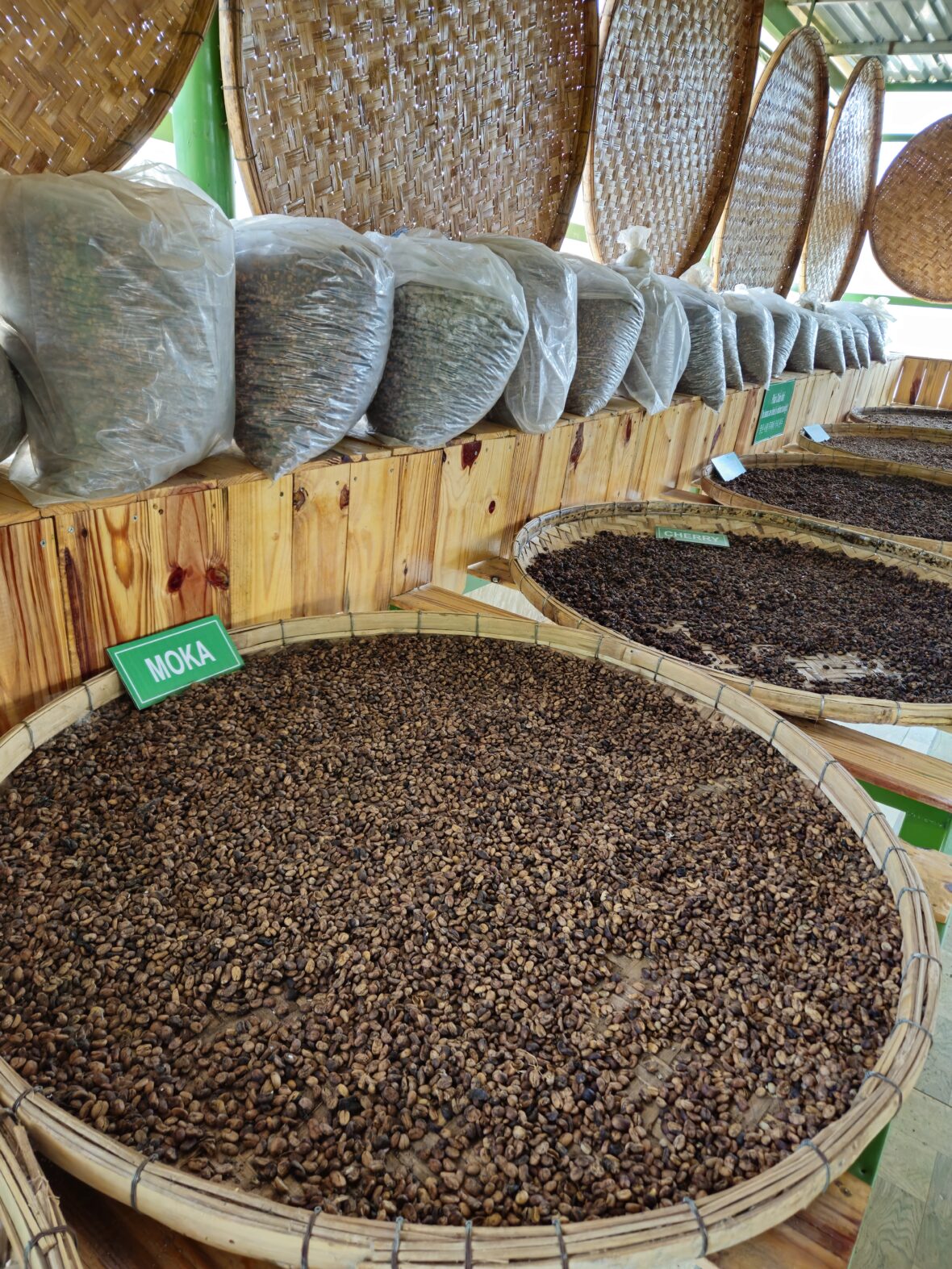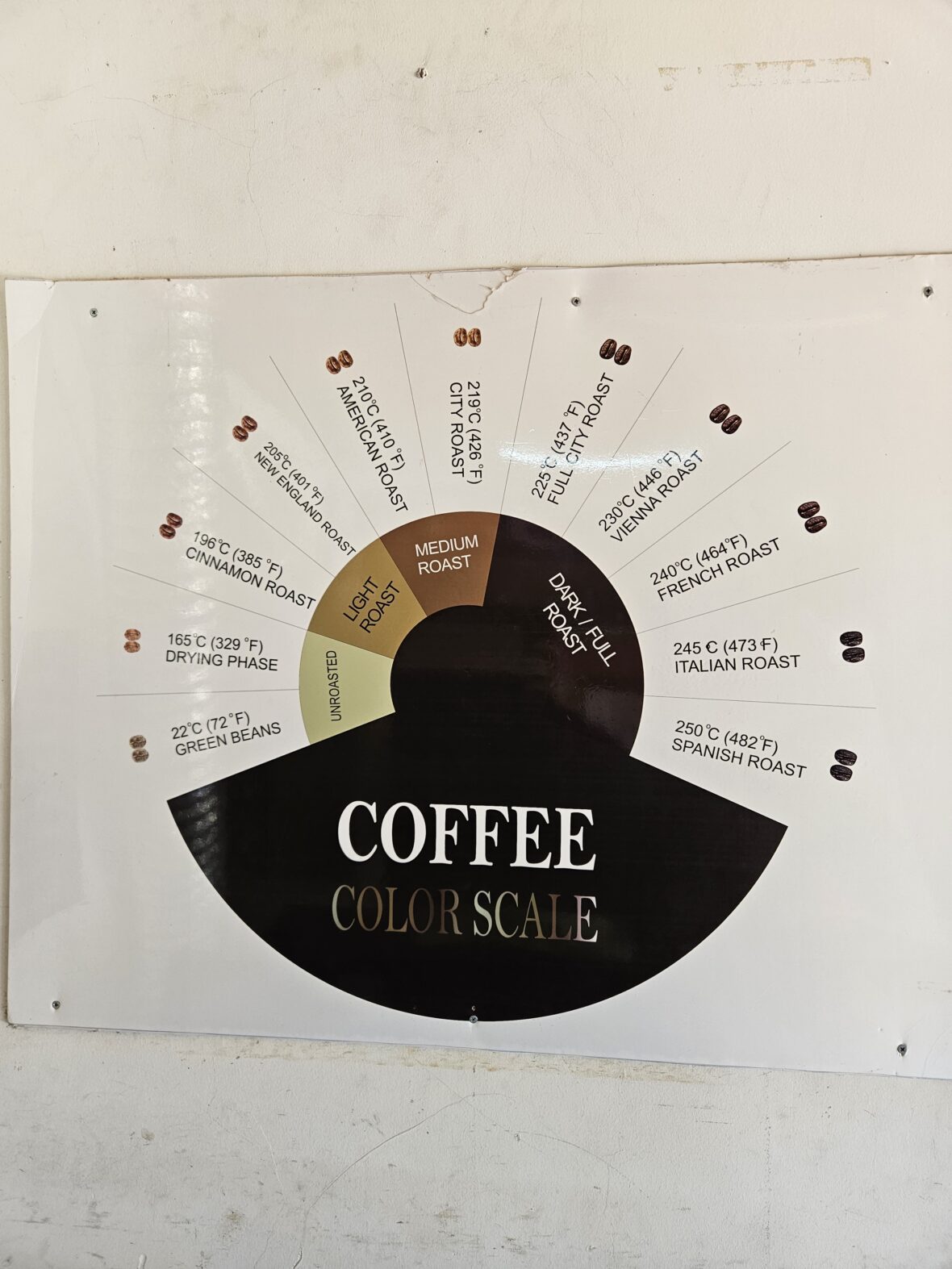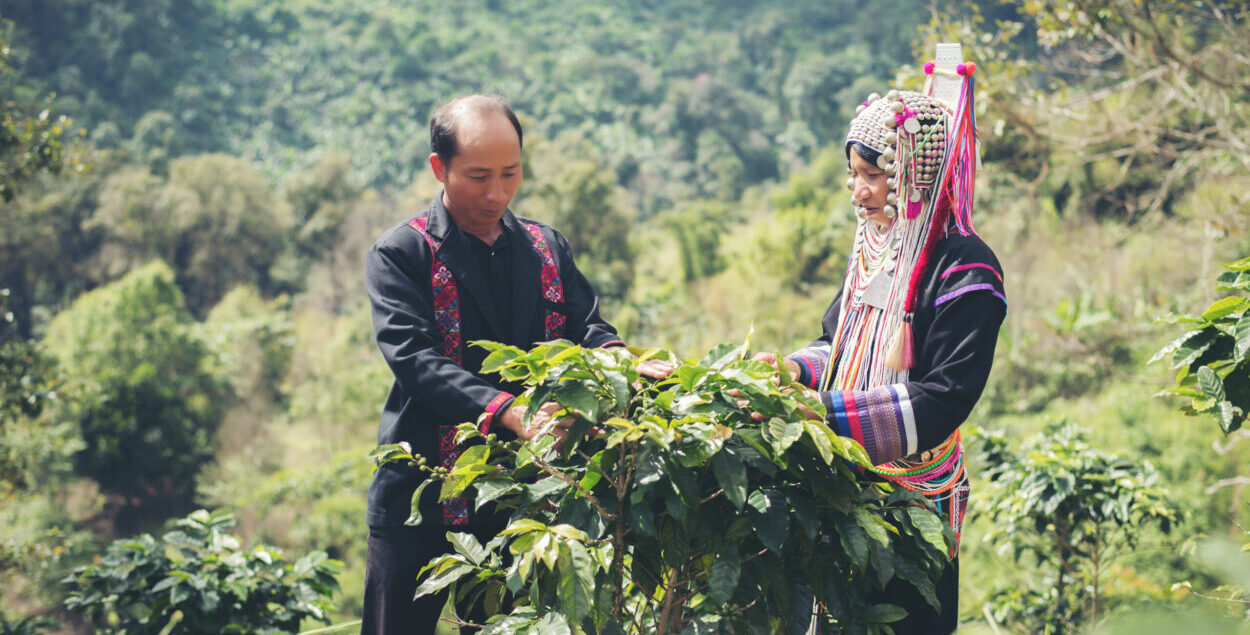Our next coffee journey took us to Vietnam, It is a country that you might not immediately associate with coffee, but is an absolute giant in the global coffee market. In fact, Vietnam is the second largest coffee producer in the world, and they produce mostly robusta coffee. Of course, we know robusta for its powerful taste and high caffeine content. About two years ago during our visit, we quickly found out how impressive the coffee culture is in Vietnam.
History
The 19th century was the start of coffee cultivation in Vietnam when the French introduced our favorite product coffee. At the time, this was part of their agricultural experiments. What began then as an experiment has since become one of the most important parts of the entire economy. In particular, the central highlands, proved ideal for gigantic coffee production. The rich soil and fine climate provide the basis for the largest robusta crop in the world.
As we know by now, Vietnam has specialized mainly in the production of robusta coffee, known for its strong, bitter taste and high caffeine content. Easier to produce than arabica and commonly more economical as well.

Key regions
Central Highlands:
This area can rightly call itself the heart of Vietnam's coffee production. It is an incredibly large region full of coffee plantations. Wherever you look, you can see robusta coffee plants all over the hills, It made it clear to us why Vietnam has become such a big player.
Lam Dong:
This region is a lot smaller, but no less important. Because despite the fact that it also produces robusta, the Lam Dong region is mostly known for its mild flavors, entirely due to the production of arabica coffee. This offers a nice contrast between the two regions.
Production and cultural significance
Vietnamese coffee is processed through the wet process, this ensures a consistent taste and higher consistency. Something that really struck us during the visit is how the Vietnamese combine modern techniques with traditional coffee growing. As you travel through the coffee regions, you can see the extent of coffee production, which is really impressive. We should not forget here that Vietnam also pays great attention to sustainability. They do their best to combine efficiency, quality and sustainability.
Vietnamese coffee culture is famous for the unique creations they create. Drinks like "ca phe sua da" (iced coffee with condensed milk) and the widely known "egg coffee" show how important coffee is to Vietnam. During our trip, we naturally visited many local coffee shops where they serve these delicious drinks in abundance. If you are in Vietnam, order these drinks without a doubt!

In short,
Vietnam is a strong player in the global coffee market, not only because of its impressive production capacity, but also because of its attractive coffee culture. Whether you like the powerful robusta or the smooth taste of arabica coffee, you will find it all in Vietnam. In the next chapter of our coffee series, we focus on Honduras, a country that is quickly making a name for itself in the coffee world.
Come to taste?
After reading this blog, are you curious about the unique flavors coffee brings? Stop by the CoffeeClick Experience Center and sample the different coffee blends.
Make a no-obligation appointment and experience CoffeeClick.

